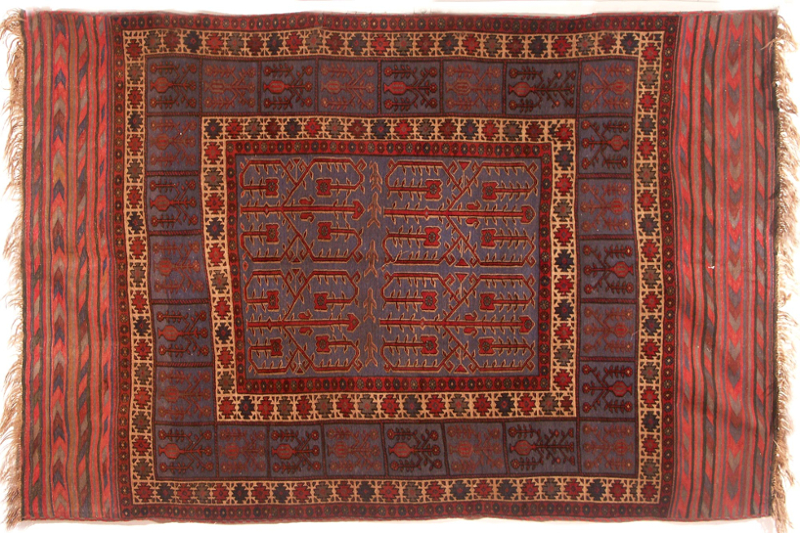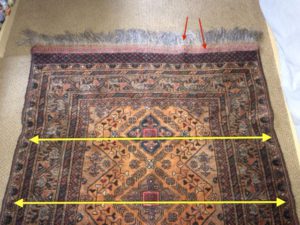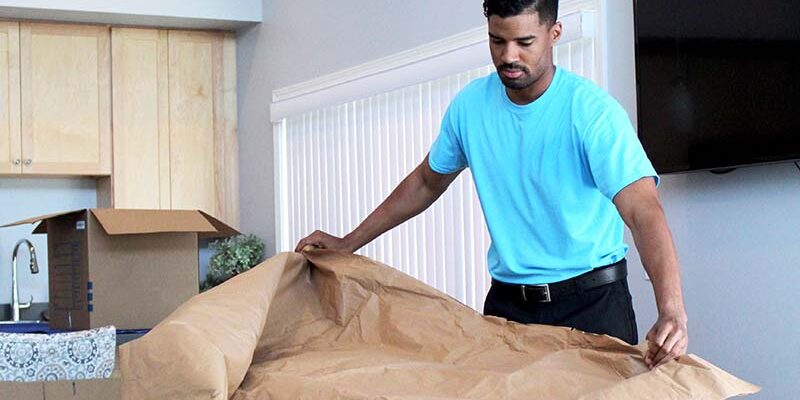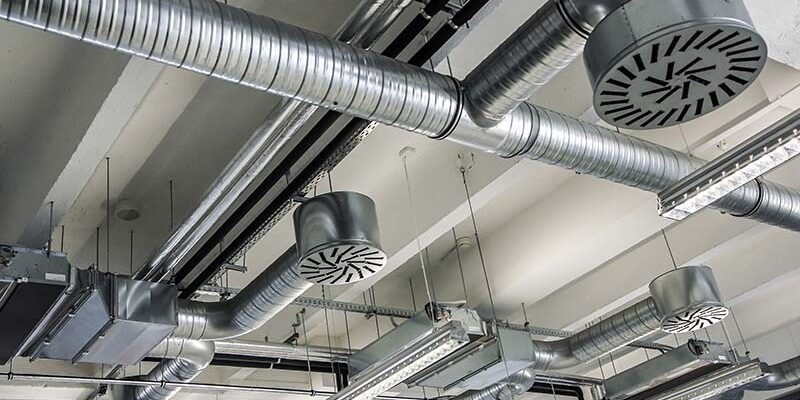Rug Wrinkles

A common mystery in the rug world is why some rugs can buckle on you. The trick is knowing whether these wrinkles are from preexisting conditions, the living environment or your cleaning process.
Here are five scenarios that create wrinkling in rugs and what the underlying source of each problem is.
One: Wrong floor underneath
Rugs are ideally placed over a hard surface. They are not meant to cover soft surfaces.
When a rug owner chooses to place a rug over wall-to-wall carpet, if the rug is pliable and there is furniture on top of the rug, then you can expect wrinkling. In worst-case scenarios you will have stretching and, eventually, structural damage to the rug’s foundation fibers.
Sometimes a pad (one designed to use under rugs placed on top of carpeting) can help hold a rug in place and in shape. However, the best situation for the longevity of a rug is to place it on top of a hard floor.
Two: Weaving tension change
In some rugs, and more evident in tribal rugs than city rugs, you will have buckling that reflects a change in the weaving tension.
If a rug is woven on a nomadic loom (a loom moved during the weaving process), then creating the same consistent tension can be a challenge. These tension changes in the foundation fibers can sometimes manifest themselves as uneven edges, field wrinkles or creases, or areas of width or length differences. If the weaver changes weaving styles (for example moving from pile knotting to a tapestry weave stitching), this can create wrinkling in those areas of structural change.
You usually see this type of wrinkling along an end finish where a weaver may have an elaborate kilim weft design finish to complete a pile rug. Buckling, in this case, is a characteristic of the weave and is often accepted as part of its unique rug personality rather than a “flaw.”
Three: Bad product
Some rugs wrinkle because they are made poorly. Most of today’s poorly made, cheaper wool rugs come from India and are sold through many of the mass-market rug stores.

Because of the poor construction of hand-loomed rugs, these can tear apart in traffic areas or with a wand extraction.
Hand tufted rugs from India, the cheaper ones with material covering up the back side of the rug, use poor quality latex to hold the rugs together. As this latex delaminates, you not only have a messy powder residue that gets all over the floor, but you also have wrinkles that develop along the edges and in areas of foot traffic or furniture placement.
The latex in these rugs is what holds the rug in shape and square. If the lumps are slight wrinkles, these can sometimes be pressed back flat again. If they are areas stretched out of shape, it may be possible to re-back the rug with new latex and material to try to attain that original rectangular shape.
The newest rugs that show wrinkling problems are referred to as India “handloomed” rugs. These are loosely constructed rugs attempting to give the look of a hand-knotted woven rug, but they are a vastly inferior product.
With these rugs you are able to pull along the corner of the rug and literally see the warps and wefts move in your hands because they are loosely strung together. In high traffic areas, these rugs literally split and pull apart, and attempts at on-site cleaning pull the warps and cause tearing.
These rugs are currently sold in all of the major rug retail stores, and hopefully, as more customers discover they have purchased a rug that will not hold itself together, there will be enough complaints to pull them off the market.
Four: Shrinking and swelling fibers
Sometimes fibers can shrink during cleaning to create wrinkles, and sometimes they can swell from the moisture and create curling or buckling.
With shrinking, sometimes stretching can help return the rug back to its original shape if the amount of shrinking is not severe.
Some tribal weaving areas are known for fibers that may shrink. In war-torn weaving areas (such as Afghanistan) where supplies of properly pre-washed fibers may be in short supply, you can stumble across a rug that shrinks from this type of weaving flaw. Often inspecting the back of the rug can give you clues on a potential of shrinking wefts or warps.
Navajo rugs that shrink may do so because the outer perimeter cord was not pre-shrunk prior to weaving. In this case, the cord can be readjusted by a repair specialist in order to make the rug flat again.
With swelling fibers, you can see curling and buckling that will correct itself when dry again. Usually this occurs as curling sides or corners during the wash process.
If the rug is a custom creation with seams, this swelling can split the seams and potentially need repairing. In these cases, blocking out the rug to stabilize it during the cleaning process can help you protect those seams and keep them intact.
Five: Bad rug cleaning
The most challenging rug wrinkles can be from rug cleaning mistakes.
Wrinkles and lumps from hanging a rug up while too wet may be reversible with pressing if the rug was not structurally damaged from the weight load. Tufted rugs will keep their shape best when dried out flat, perhaps over a drying platform to allow for air flow along both sides of the rug for maximum evaporation.
Natural fiber rugs are meant to be washed in a rug cleaning facility. However, with many carpet cleaning companies cleaning rugs on location, we see more scenarios of “rug wrinkles” due to these surface cleaning methods.
Wand damage along the sides or in the field, from the vacuum stretching and damaging the lay of the rug, is usually not reversible.
Avoid this by using a Teflon head on your wand or lowering your vacuum pressure when along the edges of the rug. If you notice the rug is especially pliable and may be pulled out of shape by your wand, you may opt to use a hand tool instead to minimize any potential damage.
High heat is not only a contributor to bleeding dyes in a natural fiber rug; it also can shrink some fibers in the cleaning or drying process. Since sometimes these situations can be corrected with follow-up care, it is always recommended to clean rugs off site to allow the opportunity to be unrushed and do a better cleaning job, as well as handle any unexpected challenges that crop up.
It is incredibly important in today’s rug market, where more corners are cut to get rugs to market cheaper, that you inspect for potential fiber or construction problems before the wash process begins.
Play it safe. Ask for feedback
In our industry’s social media circles, it is easy to post a photo and ask for help from your peers. It is hard to know whose advice to trust to keep you out of trouble and which posters are speaking from complete ignorance. So as you post, keep track of who to listen to and who to avoid.
There are more poorly made rugs in today’s marketthan ever before, and some of them are sold at very high prices. Don’t get blindsided when taking a few photos and a few extra minutes can help keep you from having to buy a new rug when it wrinkles up.
Lisa Wagner is a second-generation rug care expert, NIRC Certified Rug Specialist and an owner of K. Blatchford’s San Diego Rug Cleaning Company. Her blog at www.RugChick.com is the most visited and referenced website on rug education in the cleaning industry. If you would like more information about her online and hands-on rug courses, please visit www.RugClass.com.















